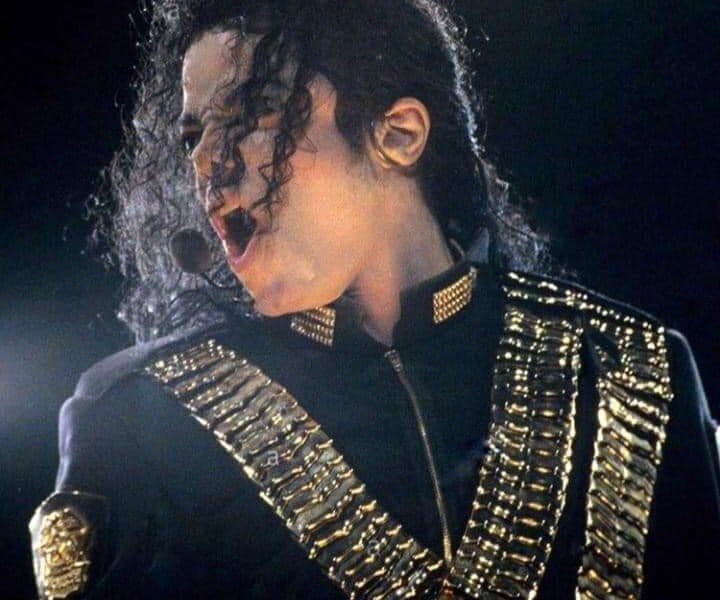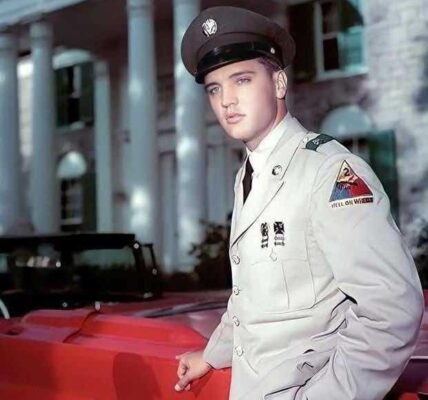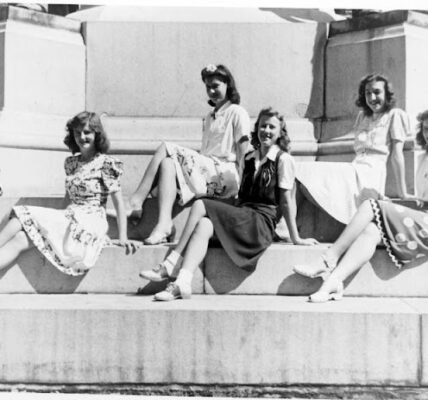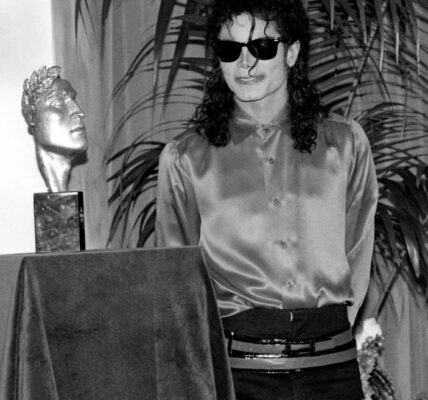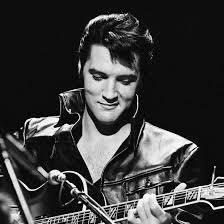Introduction
Michael Jackson, the undisputed King of Pop, was a revolutionary artist whose influence transcended music and dance. With unparalleled charisma and artistry, Jackson left an indelible mark on pop culture, but his legacy extends far beyond entertainment. His music, visuals, and persona were imbued with powerful messages of rebellion, resistance, and change. Michael Jackson was not just a performer; he was a voice for the voiceless, a symbol of empowerment for those oppressed, and a beacon of hope for the marginalized.
Rebellion is a recurring theme in Jackson’s work, woven intricately into his lyrics, choreography, and visual storytelling. It wasn’t just about defiance for the sake of defiance; Jackson’s rebellion had purpose. Whether he was challenging societal norms, confronting racial inequality, or demanding personal freedom, Jackson’s music was an anthem for the oppressed, a clarion call for change. In this article, we will explore how Michael Jackson’s use of rebellion as a central theme in his music and artistry became a powerful symbol of resistance and change, inspiring generations to rise up against injustice.
Rebellion as Personal Liberation
Michael Jackson’s music often reflects a deeply personal journey of breaking free from constraints—both internal and external. This rebellion was not just against authority but against the limitations imposed upon him by society, the media, and even his own insecurities. Songs like “Bad” and “Leave Me Alone” epitomize Jackson’s resistance against the pressures of fame, scrutiny, and judgment. In these songs, rebellion is personified through the transformation of an individual from a shy, misunderstood figure into someone who confidently declares their self-worth.
In “Bad,” Jackson adopts the persona of a rebellious street figure, challenging anyone who dares to underestimate him. The music video, directed by Martin Scorsese, takes this theme further, depicting a showdown between Jackson’s character and a gang leader. Jackson’s defiance is not just about proving himself to others but about reclaiming his identity and self-worth in the face of societal expectations. The song’s refrain, “Who’s bad?” becomes a declaration of personal empowerment, an assertion that no one has the right to define him.
Similarly, “Leave Me Alone” is Jackson’s retort to the intrusive media and the relentless public gaze. The song’s rebellious tone is complemented by the surreal visuals of Jackson literally tearing down a theme park version of his life. The video is filled with references to tabloid stories about him, from the rumors about his pet chimpanzee, Bubbles, to the infamous hyperbaric chamber. Through this visual metaphor, Jackson shows that rebellion can be an act of reclaiming personal space and identity, a defiance against those who seek to control the narrative of one’s life.
Social Rebellion and Challenging Injustice
While personal liberation was a key theme in Jackson’s work, his music also served as a vehicle for social rebellion, challenging the injustices and inequalities that plagued society. One of the most powerful examples of this is “They Don’t Care About Us,” a song that boldly addresses issues of racial inequality, police brutality, and systemic oppression. The lyrics are unflinching, with Jackson declaring, “All I want to say is that they don’t really care about us,” a stark indictment of those in power who turn a blind eye to the suffering of the marginalized.
The accompanying music videos, directed by Spike Lee, amplify this message. In one version, Jackson performs amidst the poverty-stricken favelas of Brazil, surrounded by residents who embody resilience in the face of adversity. In another, he is imprisoned alongside other inmates, a potent symbol of the way society often criminalizes and marginalizes people of color. Jackson’s rebellion here is not just an individual act; it is a collective call to arms against the forces of oppression that seek to divide and control.
Another powerful example is “Black or White,” where Jackson uses the theme of rebellion to challenge racial stereotypes and promote unity. The song’s lyrics are a bold declaration that race should not be a barrier to love or friendship, with Jackson singing, “If you’re thinking of being my brother, it don’t matter if you’re black or white.” The iconic music video, directed by John Landis, features Jackson smashing through racial and cultural barriers, reinforcing the idea that rebellion is not just an act of resistance but a necessary step toward breaking down the walls of prejudice and ignorance.
The video’s famous morphing sequence, where faces of people from different races and ethnicities seamlessly transition into one another, visually represents the unity that Jackson advocates for. Yet, even within this message of unity, there is an undercurrent of rebellion against the forces that perpetuate division. The “Black or White” video ends with Jackson’s now-infamous panther dance sequence, where he performs a defiant dance in a deserted street, smashing windows and kicking over signs that represent societal constraints. This raw, aggressive choreography symbolizes a primal need to break free from the chains of racism and discrimination.
Rebellion as a Visual Symbol in Jackson’s Imagery
Rebellion is not only present in Jackson’s lyrics but also in his visual artistry. From the military-inspired outfits in “Scream” and “Bad” to the dystopian world depicted in “Earth Song,” Jackson used his imagery to evoke the spirit of resistance. The infamous “Black or White” panther dance sequence is one of the most striking visual representations of rebellion, with Jackson’s intense movements conveying a raw, unfiltered rage against societal expectations.
In “Smooth Criminal,” Jackson merges the themes of rebellion with elegance, portraying himself as an anti-hero figure in a world of crime and corruption. The film-noir-inspired music video, set in a 1930s nightclub, features Jackson as a smooth, debonair figure who effortlessly navigates danger and deceit. His defiance is subtle yet unmistakable, as he dances his way through a world of chaos with unmatched confidence. Jackson’s ability to combine rebellion with grace in his visual storytelling allowed him to craft iconic imagery that still resonates today.
Another notable example is “Scream,” Jackson’s collaboration with his sister Janet. The video, set in a futuristic spaceship, depicts the siblings rebelling against a world that has become hostile and alienating. The black-and-white visuals, coupled with the aggressive choreography, create a sense of isolation and frustration, with the spaceship serving as a metaphor for the bubble that fame had created around Jackson. The video’s rebellious tone is amplified by the lyrics, where Jackson sings, “Stop pressurin’ me, makes me want to scream!”—a direct response to the media’s relentless scrutiny.
The Legacy of Rebellion in Jackson’s Work
Michael Jackson’s use of rebellion as a central symbol in his music and imagery helped shape his legacy as not just an entertainer but also a cultural force for change. His willingness to push boundaries, challenge the status quo, and address controversial issues made him a revolutionary artist in more ways than one. Jackson’s rebellion was not just about resistance; it was about creating a space for conversations that needed to be had, whether about race, media intrusion, or personal freedom.
His influence continues to inspire artists who use their platforms to speak out against injustices and fight for social change. Beyoncé, Kendrick Lamar, and Childish Gambino are just a few of the artists who have followed in Jackson’s footsteps, using their music and visuals to address issues of race, inequality, and empowerment. Jackson’s rebellion was ultimately a force for progress, pushing both the music industry and society to confront uncomfortable truths and embrace transformation.
Jackson’s rebellious spirit also extended to his philanthropy and humanitarian efforts. Throughout his career, he used his platform to advocate for causes such as HIV/AIDS awareness, children’s rights, and environmental conservation. In “Earth Song,” Jackson tackles the theme of environmental destruction, with the video depicting a world ravaged by war, deforestation, and pollution. The song’s powerful message of rebellion against environmental degradation resonated with audiences worldwide, further solidifying Jackson’s role as an artist who used his voice for the greater good.
Conclusion
Michael Jackson’s music and imagery stand as a testament to the power of rebellion as a symbol of resistance, empowerment, and change. From personal liberation to social justice, Jackson’s art reflects a deep commitment to challenging the world’s injustices and inspiring others to do the same. Through his rebellious spirit, Jackson redefined what it meant to be an artist, leaving behind a legacy of defiance and hope that continues to resonate across generations.
Jackson’s music was more than entertainment—it was a call to action, a demand for change. His rebellion was not just an act of defiance; it was a statement of purpose, a declaration that art has the power to transform the world. As we continue to grapple with issues of inequality, oppression, and injustice, Jackson’s legacy serves as a reminder that rebellion, when driven by a desire for positive change, can be a powerful force for good. Michael Jackson’s music remains a beacon of hope for those who dare to resist, rebel, and ultimately, change the world.
